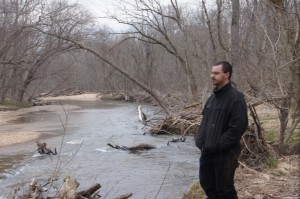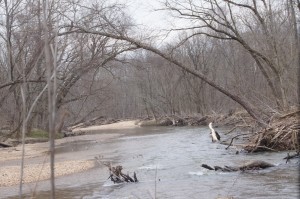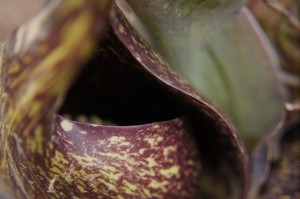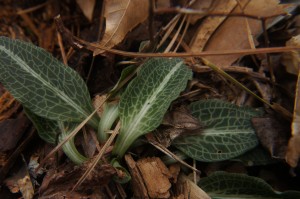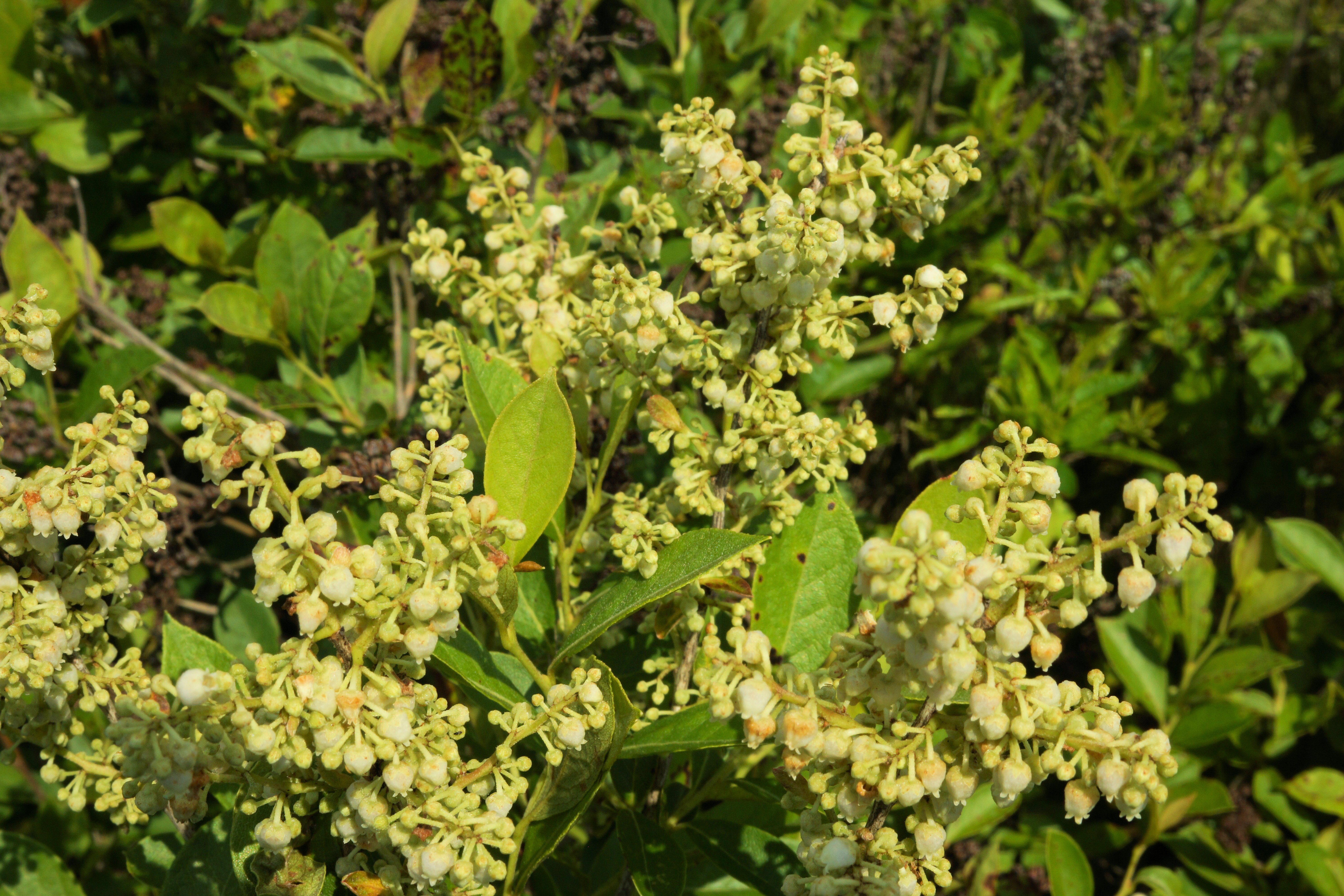
Today, AJ and I ventured out to the Shangri La Forest. It is the area at the center of the Inner Core and is located between Shangri La Pond and the Little Patuxent River. It was our first time to the area and we wanted to check out the level of human influence there. We parked the Jeep by the Salamander Pond and walked in from there. (Click on thumbnails for larger views.)

The level of human influence was relatively low, and appears to be mostly from an occasional hunter.
There was also evidence of healed scars of old military activity, and even at that, it was not as great as elsewhere on the refuge. We documented by photography a lot of the evidence of the human activity we saw, most of which was on the periphery of the Shangri La Forest.

Just outside of Shangri La Forest, we spotted several trees with embedded barbed wire. By the looks of the things, the wire has been in the trees for at least 50 years.
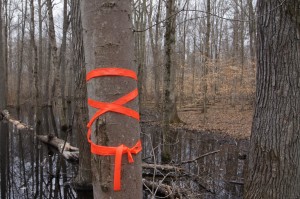
Near the center of Shangri La Forest, someone, apparently a hunter, wrapped orange tape around at least three trees. Maybe he thought this was a good place to come back to and marked the area this way.
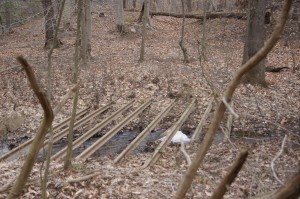
Someone placed these rails/I-Beams across a stream near the Little Patuxent River. This location is well outside of the Shangri La Forest, in the bottomland woods next to the river. We have no idea what these rails were used for because obviously they are not strong enough to carry a vehicle of any size. What do you think?

The spring ephemeral plants were not quite in bloom yet, but we could see that they were getting ready to bloom any time. Most notably we saw Virginia Bluebells and the aggressive invasive Lesser Celandine poking through the sandy silt soil.
This area is remote, and will require at least three to four hours at a time per foray to make it worthwhile. It may hold some surprises yet. (Look below for more photographs of our foray.)
